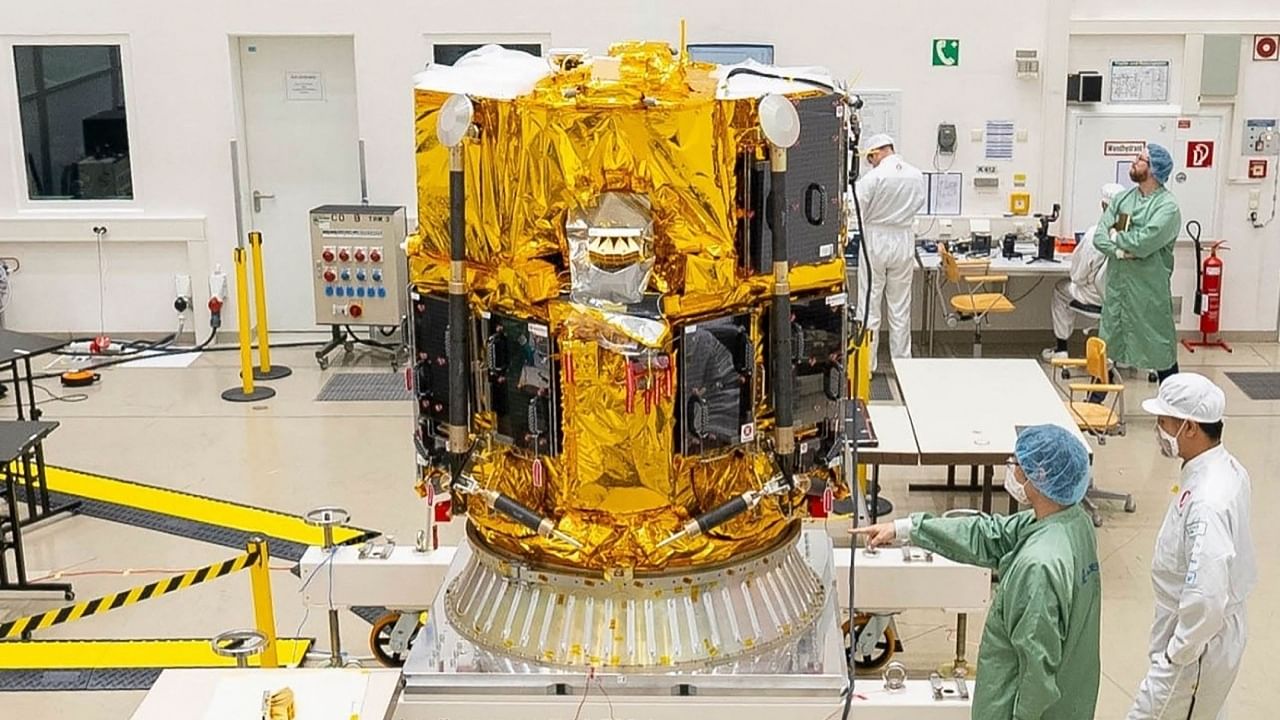
A software glitch caused a Japanese robotic spacecraft to misjudge its altitude as it attempted to land on the moon last month, leading to its crash, an investigation has revealed.
Ispace of Japan said in a news conference Friday that it had finished its analysis of what went wrong during the landing attempt April 25. The Hakuto-R Mission 1 lander completed its planned landing sequence, slowing to a speed of about 2 mph. But it was still about 3 miles above the surface. After exhausting its fuel, the spacecraft plunged to its destruction, hitting the Atlas crater at more than 200 mph.
The lander was to be the first private spacecraft to successfully set down on the surface of the moon. It is part of a trend toward private companies, not just governmental space agencies, taking a leading role in space exploration.
A review of data showed that the software guiding the descent appeared to lose track of the lander’s altitude when it passed over the rim of a crater on the moon’s surface that was about 2 miles higher than the surrounding terrain.
The software erroneously concluded that the sensor had malfunctioned and rejected altitude measurements that were actually correct.
The engine, altimeter and other hardware operated properly, indicating that the overall design of the spacecraft is sound. Software fixes are easier to complete than major hardware overhauls.
“This is not a hardware failure,” Ryo Ujiie, the chief technology officer of Ispace, said during a news conference Friday. “We don’t need to modify the hardware side.”
A decision to change the landing site, after the design of the spacecraft was finalized in early 2021, most likely contributed to the crash.
Originally, Ispace officials had chosen Lacus Somniorum, a flat plain, as the landing site. But then they decided that Atlas, an impact crater more than 50 miles wide, would be a more interesting destination.
That meant the landing software was not designed to handle the change in altitude as the spacecraft passed over the crater rim, and simulations did not catch that oversight.